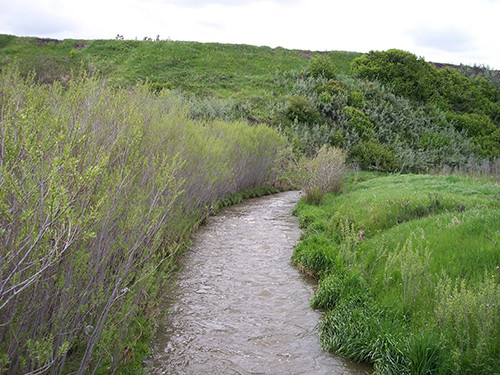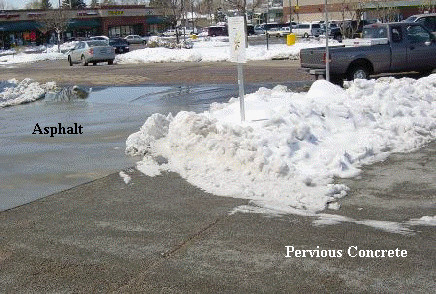Continuing the annual virtual series learning as we are still experiencing a global pandemic, SEMIS Coalition met with teachers, community partners, administration staff, and coaches for the Winter ’21 Professional Learning. One of the main goals was to use ecologically based and socio-emotional learning (SEL) activities like “Memory and Metaphor: Reflection through Nature” to reflect on recent experiences as educators grow environmental literacy and responsibility.
The “Memory and Metaphor” exercise shapes connections and builds a community focused on relationships with nature. This activity also may model small ways to braid nature and environmental literacy into the curriculum design and SEL. As Lisa Voelker, SEMIS Assistant Director, explained: “Our imagination can work through metaphors,” and they “can ignite images and relationships visually that can stick with us.” Additionally, metaphors force us to think in an alternative way to what we are used to in our daily lives.


Through metaphors, such as “impervious surfaces” and “riparian zones,” SEMIS educators were provoked to see and imagine their communities from another angle. By using impervious surfaces, they were asked to think about experiences in the education system and schooling. These were the guiding questions: What is not working and causing problems? What was created to solve a problem and ended up creating more problems? How can teachers remake these experiences into a pervious surface to support life to thrive and solve long-term issues? Similarly, through the riparian zones metaphor, they were challenged to reflect on what is needed for educators to maintain the energy to struggle for the transformation required for building healthy, just, and sustainable schools.
After meeting in breakout rooms, SEMIS educators and students pointed out the takeaways of the 20-minute collective discussion. From the results, we see that educators spent more time talking about the impervious surface than the riparian zone, which makes sense since the former metaphor is linked to the barriers they face in their daily lives.
Educators brought several examples of impervious surfaces. The first illustration was regarding the exploitation of labor forces within education that, even without being mentioned, is a direct result of neoliberal policies. As one of the groups formed by SEMIS staff and community partners made clear, this happens through the privatization of cleaning, busses, food, and security services to save budget, but this actually reduces the services’ quality.
Another metaphorical theme of impervious surfaces was the grading and standardized testing process. Educators examined the existing fear that children “fall behind,” but as one of the community partners questioned: “Behind what, exactly? And who has the authority to define what the what is?” The principal of a school in Detroit explained that the primary purpose of grades should be to provide feedback, but the current ranking system ends up getting in the way of real communication.
As we also need to focus our energy on holistic solutions to the problems we face in our school districts, talking about riparian zones is crucial. This discussion also serves to imagine the world we want for our local and global communities. Often, we know what we do not like and what hinders our wellbeing, but it seems challenging and arduous to envision and materialize what we want. Perhaps, that is one of the reasons for the brief answers about riparian zones. However, a community partner explained that a riparian zone could be, for instance, a space for open feedback from leadership and meaningful action taken in response. Likewise, a primary teacher hinted that riparian zones may be spaces to talk through issues with others and then collaborate, or as a district administrator beautifully said: “A riparian zone would be communities such as this,” referring to the SEMIS Coalition.
An instructional coach from Ypsilanti enjoyed the activity because she had the opportunity to contextualize and discuss personal experiences with her colleagues using the metaphors of impervious surfaces and riparian zones. What’s more, this activity helped educators to think about current events of the country: “I loved this prompt – particularly in the wake of the recent domestic terrorism and seeing how powerful metaphors are to mobilize people,” said one SEMIS community partners.
As a coalition of educators, we have to denounce the impervious surfaces of our schools and communities and also announce riparian zones. To transform our world, we must first utter our words. To nurture critical hope (to echo the Brazilian educator Paulo Freire), we have to denounce society’s dehumanizing structures and announce and imagine a new world. Lisa Voelker, SEMIS Assistant Director, quoted Freire beautifully in her opening speech: “We need critical hope the way a fish needs unpolluted water.” In this revolutionary process of imagining and transforming our communities, a revolutionary love embedded in hope must be present in our body/mind/soul with all other lives and systems.
